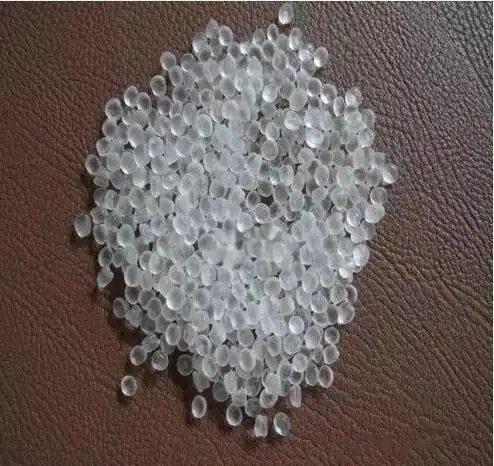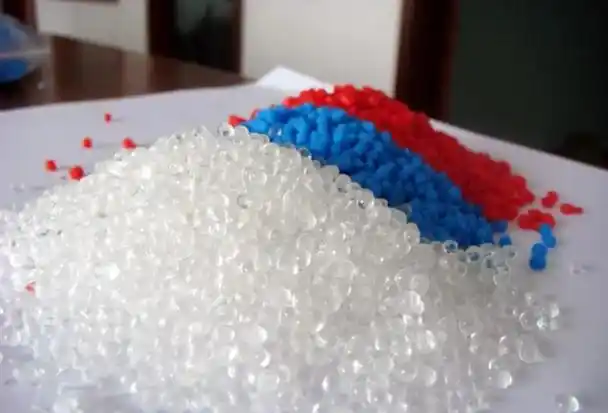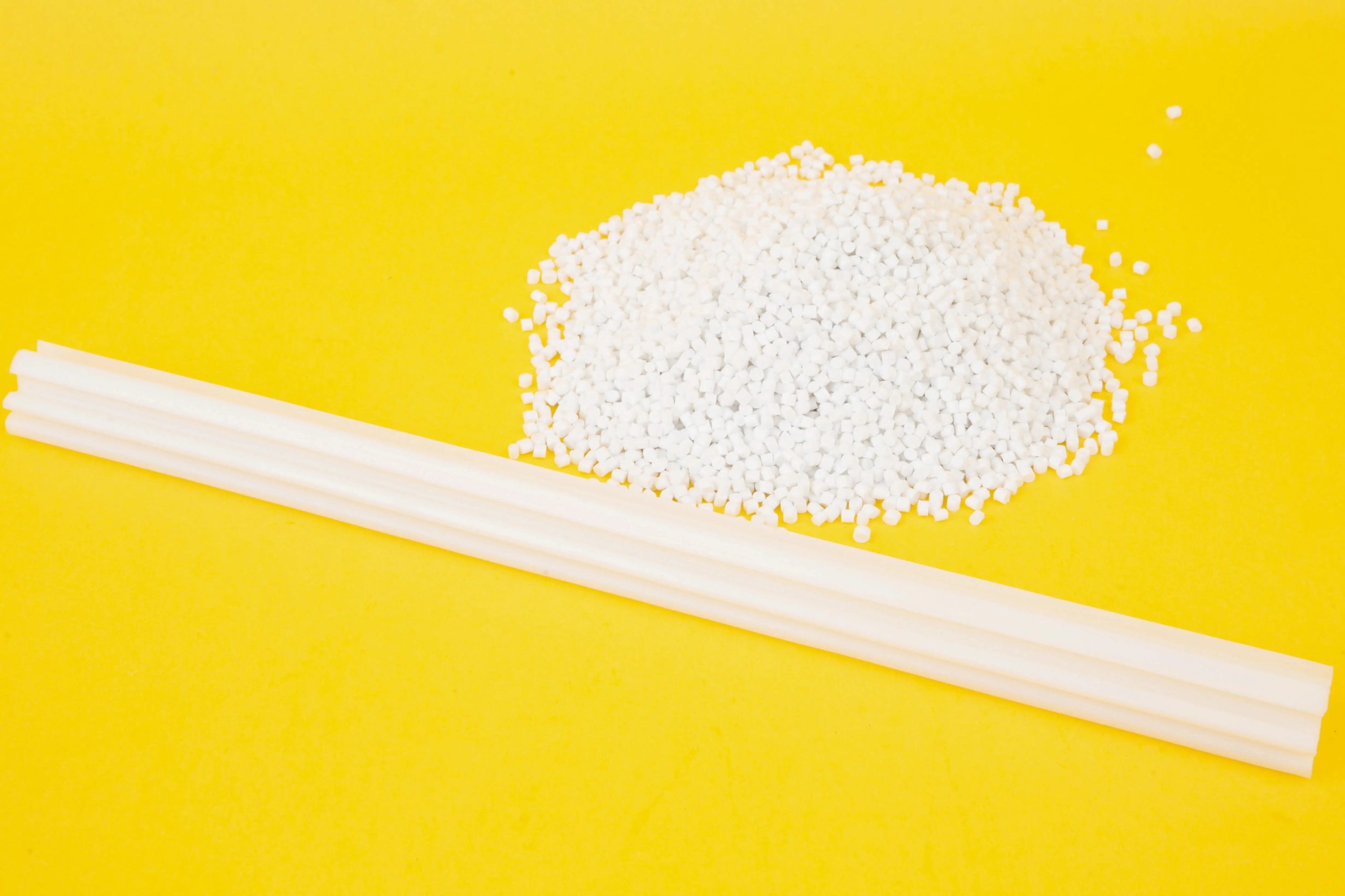As someone who’s been in the rubber and plastics industry for over a decade, I’ve gained some insights into TPR (Thermoplastic Rubber) materials and their applications. When it comes to the question of how long TPR takes to age, I often get asked: How long can this material last? Does it degrade quickly? Today, I’ll draw on my experience and industry knowledge to explain TPR aging in a way that’s easy to understand and relatable.

What Is TPR Aging?
Let’s start with what aging means. TPR is a material that combines the elasticity of rubber with the processability of plastic, widely used in shoe soles, seals, toys, and more. But even the best materials “age” over time. Aging refers to the gradual decline in TPR’s performance under environmental factors like light, heat, oxygen, or humidity. This can show up as hardening, brittleness, discoloration, or even cracking.
I recall a case where I helped a client troubleshoot cracking in TPR shoe soles. After digging into it, we found that UV light and high temperatures were speeding up the aging process. This experience drove home the importance of understanding TPR aging time and the factors that affect it for selecting materials and extending product life.
How Long Does TPR Aging Typically Take?
Many people want a clear number, like “How many years can TPR last?” Honestly, there’s no one-size-fits-all answer. The aging time of TPR depends on the usage environment, formulation, and processing techniques. In ideal conditions—say, indoors at room temperature with no intense light—TPR products can last 5-10 years or even longer without issues. But in harsh conditions like outdoors, high heat, humidity, or strong UV exposure, the lifespan might drop to 1-3 years.
For example, I had a client who made outdoor sports shoes with standard TPR soles. Exposed to sun and rain, the soles started yellowing and losing elasticity in less than two years. After tweaking the formulation to include UV stabilizers and antioxidants, we extended the lifespan to about four years. This shows how much the formulation and environment impact aging.
Key Factors Affecting TPR Aging
To give you a clearer picture of what drives TPR aging, I’ve outlined some key factors. These come from years of trial and error in my work.
1. Environmental Factors
UV Light: Sunlight’s ultraviolet rays are TPR’s worst enemy. Prolonged outdoor exposure can break down TPR’s molecular chains, making it brittle. I’ve seen outdoor toys crack after just six months due to UV exposure.
Temperature: High temperatures accelerate aging. At 60°C or above, TPR might lose elasticity in just months. Conversely, low temperatures (below 0°C) can make TPR stiff, affecting its usability.
Humidity: Wet environments can trigger hydrolysis in some TPRs, especially those with ester bonds, leading to faster degradation.
Oxygen and Ozone: Oxygen reacts with TPR molecules, causing oxidative aging. Ozone is even worse, especially in coastal areas with high ozone levels, where TPR products can develop fine cracks.

2. Material Formulation
TPR formulations vary widely, and different brands or grades have vastly different aging properties. The addition of anti-aging agents is critical. For instance:
Antioxidants: These slow down oxygen-related damage.
UV Absorbers: They absorb ultraviolet light, protecting the material’s molecular structure.
Plasticizers: High plasticizer content makes TPR softer, but over time, these can evaporate, causing the material to harden.
I once helped a client optimize a TPR seal formulation by adding 0.5% UV absorber and 1% antioxidant. The result? The product’s outdoor lifespan jumped from one year to three. While the cost was slightly higher, the improved user experience was worth it.
3. Processing Techniques
During manufacturing, factors like temperature, pressure, and mixing time affect TPR’s aging properties. If processing temperatures are too high, they can damage the material’s molecular structure, setting the stage for faster aging. I’ve seen small factories rush production with overly high injection molding temperatures, resulting in products that became brittle right out of the gate.
4. Usage Patterns
How TPR products are used matters too. Frequent stretching, compression, or friction accelerates material fatigue and shortens lifespan. For instance, TPR shoe soles used for daily marathons will wear out and age faster than those used for casual walking.

TPR Aging Time Reference Table
To make things more visual, I’ve put together a table showing typical TPR aging times in different environments. These are based on my observations and industry standards, meant as a rough guide:
| Environment | Typical Aging Time | Common Issues | Improvement Suggestions |
|---|---|---|---|
| Indoor, Room Temp, No Bright Light | 5-10 Years | Slight Discoloration, Reduced Elasticity | Regular Cleaning, Avoid Prolonged Pressure |
| Outdoor, Direct Sunlight | 1-3 Years | Yellowing, Cracking, Brittleness | Add UV Stabilizers, Replace Periodically |
| High-Temp Environment (>50°C) | 6 Months-2 Years | Hardening, Loss of Elasticity | Use Heat-Resistant TPR, Optimize Formulation |
| High-Humidity Environment | 1-4 Years | Hydrolysis, Sticky Surface | Choose Hydrolysis-Resistant TPR, Keep Dry |
How to Extend the Lifespan of TPR Products?
While aging is inevitable, you can slow it down. Here are some practical tips I’ve learned from my work that might help you.
1. Choose High-Quality TPR Materials
Opt for TPR from reputable brands like BASF, DuPont, or major domestic manufacturers. These typically have better formulations and stronger anti-aging properties. They may cost more, but the long-term value is worth it.
2. Optimize the Usage Environment
Avoid Direct Sunlight: For outdoor TPR products, use protective covers or coatings, like UV-resistant layers for shoe soles.
Control Temperature: Keep TPR products away from high heat, such as leaving them in a car under the sun.
Stay Dry: Humidity speeds up hydrolysis, so store products in dry, well-ventilated areas.

3. Regular Maintenance
TPR products need a bit of care. For example, clean TPR shoe soles with a damp cloth to remove dirt buildup, or apply silicone oil to TPR seals periodically to keep them supple.
4. Customize Formulations
If your product demands a long lifespan, work with a manufacturer to tailor the TPR formulation. Adding more antioxidants or weather-resistant agents can make a big difference. I had a client making TPR medical devices who customized a high-durability formula, and their products stayed reliable in hospital settings for five years.
Real-World Case Study
Let me share a memorable case. A client making children’s toys used TPR for soft figurines sold in Southeast Asia. Within six months, customers reported sticky surfaces and yellowing. On-site, we saw the toys were sold at outdoor stalls, exposed to intense sunlight and heat.
After analysis, we pinpointed the issue: the formulation had too little UV absorber and antioxidant. We adjusted it, adding 0.8% UV absorber and 1.2% antioxidant, and optimized the injection molding process to lower temperatures. The new batch lasted two years in the same conditions without issues. The client was thrilled and even referred us to new business.
This case taught me that TPR aging is a complex issue involving environment, formulation, and processing. Solving it requires finding the root cause and addressing it systematically.
Common Misconceptions About TPR Aging
In my conversations with clients, I’ve noticed some common misunderstandings about TPR aging. Here are a few to watch out for:
Myth 1: TPR Is Immune to Aging
Some think TPR is a “high-tech material” that never ages. While TPR is excellent, it’s not immune to aging—just slower in some cases.
Myth 2: All TPRs Age the Same
TPRs vary widely. Different grades and formulations have different aging properties. Don’t just look at price—check technical specs and test reports.
Myth 3: Aging Is All About Time
Aging time is just a reference. Actual lifespan depends heavily on the environment. The same TPR can last 10 years indoors but fail in a year outdoors.

Final Thoughts
TPR aging time isn’t set in stone—it can range from 1 to 10 years, depending on how and where it’s used. Choosing the right material, optimizing the environment, and maintaining products properly can add years to their life. As someone in the industry, I know every detail in material selection and usage can impact longevity. I hope this article helps you better understand and use TPR materials to make your products more durable.
If you have specific use cases or questions, feel free to share them, and I’ll do my best to help!
Related Q&A
1. Which has better aging performance, TPR or TPU?
TPU (Thermoplastic Polyurethane) generally outperforms TPR in aging, especially in hydrolysis and abrasion resistance. However, TPU is pricier, so the choice depends on your application and budget.
2. How can I tell if a TPR product has aged?
Look for signs like yellowing or whitening, reduced elasticity, hardening, brittleness, or cracking. If you spot these, consider replacing the product.
3. Can aged TPR be repaired?
Aging is an irreversible chemical process, so repairs are difficult. Minor surface aging might be mitigated with cleaning or protective coatings, but the effect is limited.
4. Is there a quick way to test TPR aging performance?
Accelerated aging tests, like UV light exposure or high-temperature oven testing, can simulate long-term use. These usually require professional equipment, so consider a third-party lab.
5. What should I keep in mind when storing TPR products?
Store in a cool, dry, well-ventilated area, away from direct sunlight and high heat. Use sealed bags or dust-proof covers to minimize exposure to oxygen and moisture.





